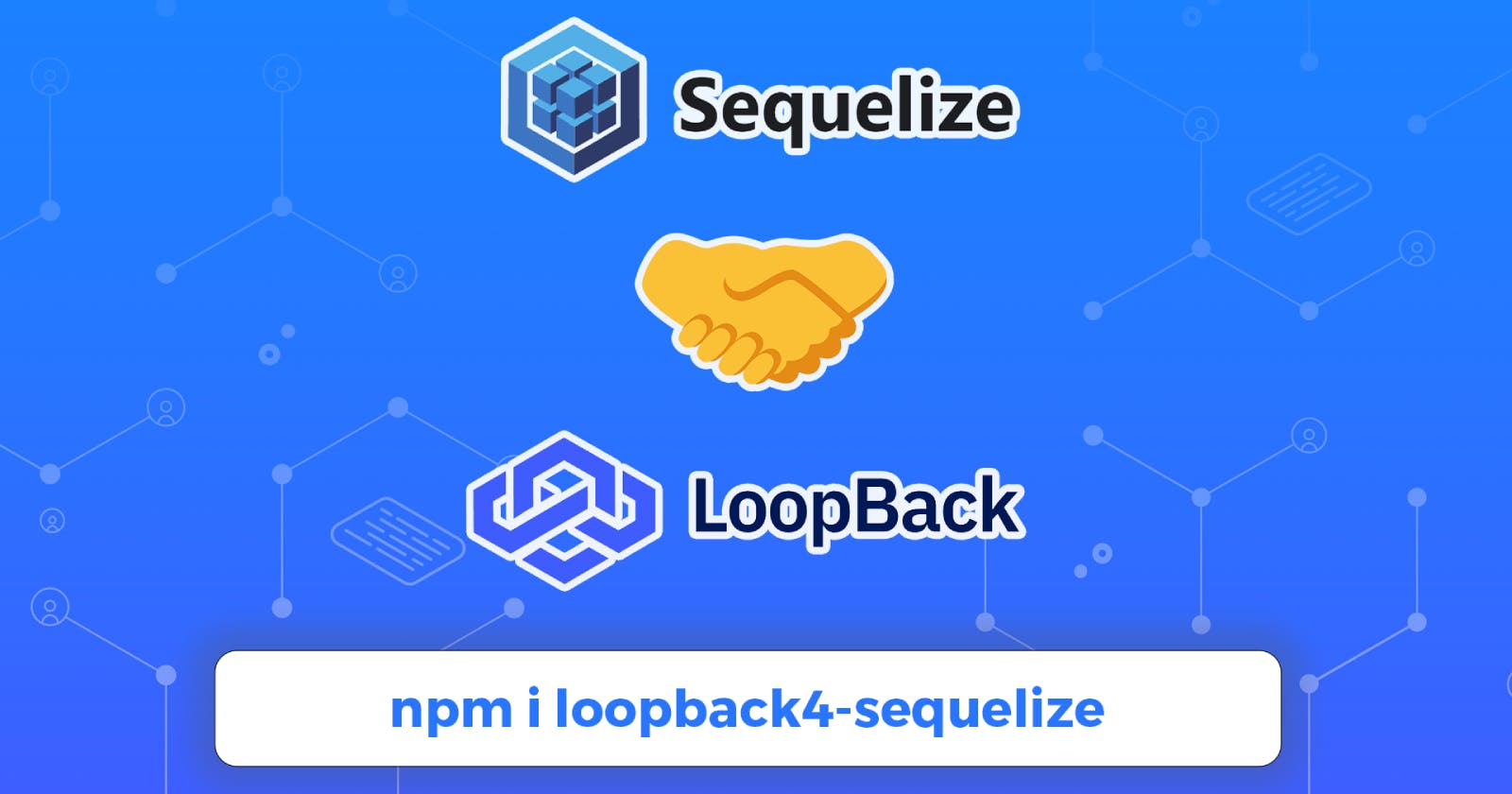You can watch a video demo of this extension by clicking here.
In this article I will shows how you can plug an open source loopback4-sequelize extension and start utilizing the capabilities of Sequelize under the hood in your loopback repositories.
To use it install the loopback4-sequelize package inside your loopback 4 project.
npm i loopback4-sequelize
Both newly developed and existing projects can benefit from the extension. By just changing the parent classes in the target Data Source and Repositories.
Step 1: Configure DataSource
Change the parent class from juggler.DataSource to SequelizeDataSource like below.
// ...
import {SequelizeDataSource} from 'loopback4-sequelize';
// ...
export class PgDataSource
extends SequelizeDataSource
implements LifeCycleObserver {
// ...
}
Step 2: Configure Repository
Change the parent class from DefaultCrudRepository to SequelizeRepository like below.
// ...
import {SequelizeRepository} from 'loopback4-sequelize';
export class YourRepository extends SequelizeRepository<
YourModel,
typeof YourModel.prototype.id,
YourModelRelations
> {
// ...
}
And that is it. Now your function call to the configured repository from controller will internally be handled by Sequelize, which will be responsible for preparing the queries and executing them.
Note: The current version (v1.0.0) does not support relational queries. If you're reading this later than November 2022, it likely supports it already. Check out the official repository for the latest guide.
Thank you for reading :)

